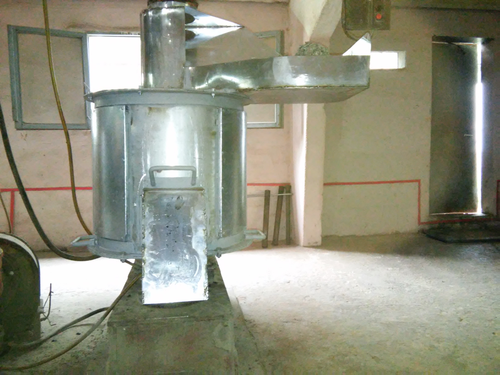
Currently known methods and ways for producing a feed product for animals and poultry from fish products have very significant drawbacks, namely:
- shredding, cooking fish waste, separating the boulevard from the solid fraction, degreasing and drying;
- low production efficiency;
- loss of valuable nutrients;
- high energy intensity of processes.
That is why we have developed and implemented a fundamentally new technology for producing fodder flour from fish waste (hereinafter referred to as BKR) for rations of farm animals and poultry. BKR is prepared from standard seafood - small fish, fresh products of its processing - fins, heads, internal organs, scales, as well as fish products, the shelf life of which for human consumption has expired.
The main distinguishing feature of BKR production technology is the principle of dehydration of fish products and at the same time ensuring complete protection of all nutrient and biologically active substances of fish from destruction and biological inactivation by sorption on a special protein-carbohydrate carrier of plant origin.
The principle of production of BCR makes it possible to obtain a stable feed product from a given level of crude protein in the range of 40-60%, to maintain the availability of all amino acids for the body of animals and birds, to avoid the accumulation of excess histamine and cadaverine in the meal composition and completely protect it from the formation of glycerol. The principle that we developed and introduced to obtain fodder flour from fish waste ensures the protection of the fat of the finished feed from being rancid, completely retains mineral substances from fish unchanged and concentrates vitamins A, E, and group B in its composition, which have a high biological activity for the body. BCR provides a growth-promoting effect for the body and does not cause a risk of erosive processes in the stomach in young birds. BKR technology is fundamentally different from the production of standard fishmeal, because it does not require the process of boiling fish broth. We have obtained relevant patents for this method


